Star Valley Farms Outsmarts Competitors with Winter Flora
By Jill Brooke
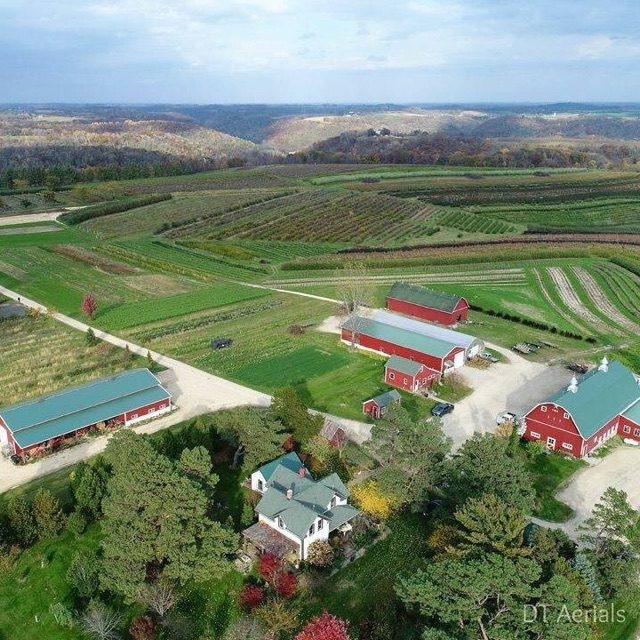
Like a memorable meal, one needs good ingredients and the same holds true for eye-catching flower arrangements, which is why Wisconsin’s Star Valley Flowers has built a reputation for providing great fillers to help boost the beauty of the flowers in any vase. Yes, the farm creates bouncy fluffy peonies and hydrangeas, but its bread and butter is what is known in the industry as fillers.
Since its inception in 1983, Star Valley Flowers has become the largest field-grown cut flower producer in the Midwest. Its 300-acre crops include bright yellow forsythia, dogwoods, lavender, cream and bold purple lilacs, spireas, hydrangeas, bittersweet vine and the trusty viburnums. And during the winter months, holiday flora such as pussy willow and red curly willow are also sold.
One of the farm’s superpowers, as sales manager Phil Mueller confirms, is that owner John Zehrer always recognized what they could optimally produce in a cold climate and what was unrealistic. As we say at flowerpowerdaily, even rainbows know the sky’s limit – be both a dreamer and a pragmatist. Zehrer – or JZ as he’s known – clearly lives by that motto.
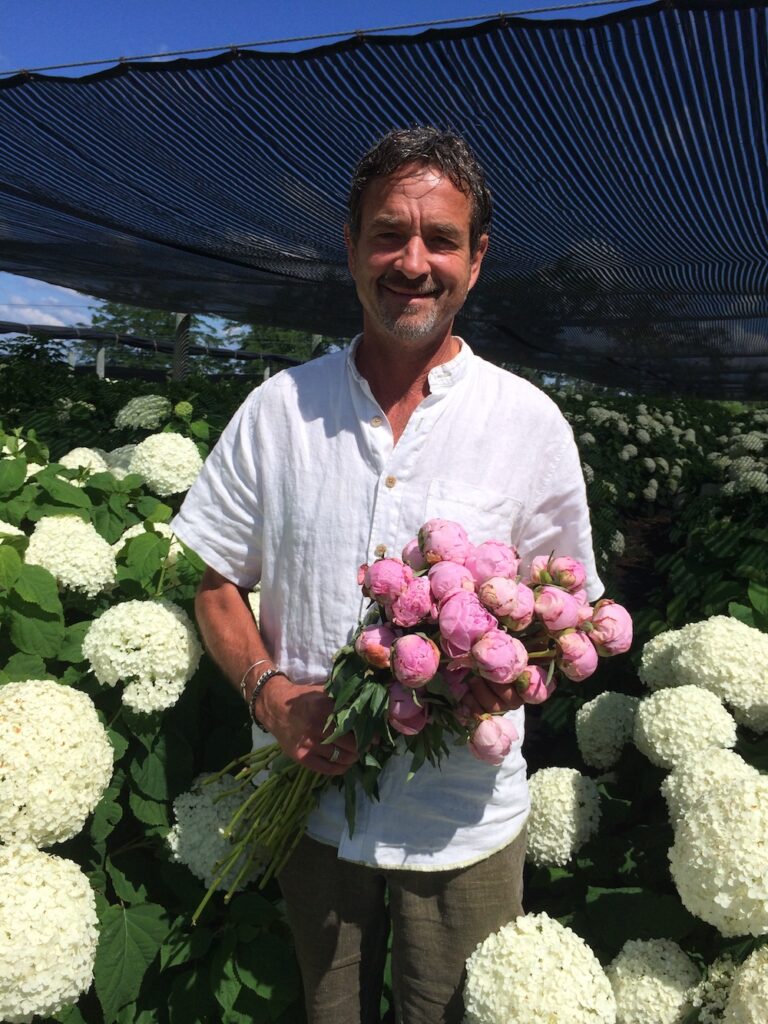
The farm’s story is rooted in the vision and hard work of its founder who grew up on a dairy farm near Sauk Centre and had a lifelong interest in botany, plants and agriculture. As he told, Wisconsin Life, “From a young age I always had an interest in gardening. My mom had a large vegetable garden. I spent a lot of time at different arboretums to see what was growing there, and what had some value to the floral industry as a color, texture, fruiting branch, decorative branch, flowering branch.”
In 1983, Zehrer bought an 80-acre farm starting with dairy farming but then in 1986 started focusing on flowers. No, he didn’t have formal horticultural training, but he was passionate about learning and listening and had a feel for the land. By 1999, he was ready to buy an adjoining 160-acre farm.
Now Star Valley Flowers supplies Whole Foods and other major outlets and also continues to grow and be a go-to place in the United States for fillers and some premium flowers like peonies and lilacs.
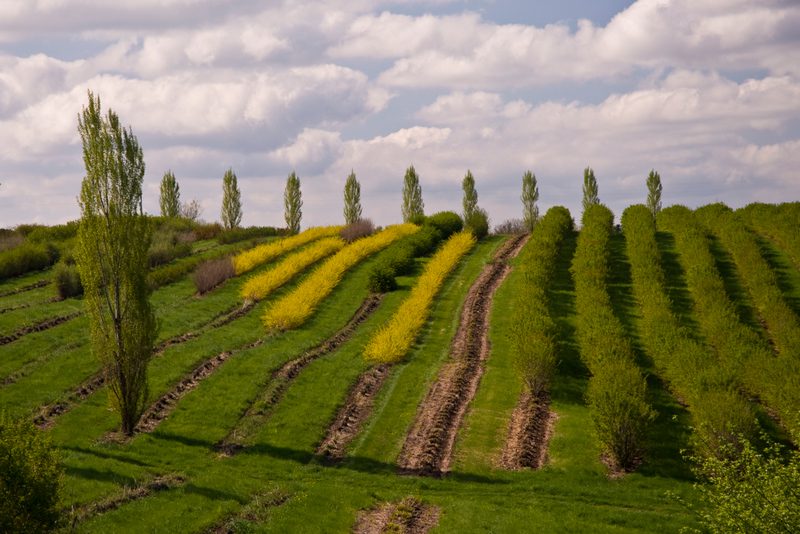
1)Superpower Flower Most Known For?
If there was a plant to symbolize Star Valley Flowers it would no doubt be Bittersweet. “JZ gathered many vines, heavy with orange berries, over the years,” says Mueller. “Now we have close to 20 acres all trellised and cultivated and harvested every September. Our tag line is “probably the largest Bittersweet farm in the world.” While Bittersweet is still an important crop, each season brings its own star. Chinese New Year is celebrated with Forsythia; Pussy Willows in spring for Easter; Lilacs at Mother’s Day; Bittersweet in the fall harvest season and we finish the year off with some stellar Winterberry.
2) Biggest Challenge and How It Was Solved
Specializing in “woodies” as cut botanicals are quite a feat in a zone 4 climate. Nothing is produced in a greenhouse and the harvest of branches continues all through the brutal Wisconsin winter. But the biggest challenge was the decision to buy cheaper land though it was harder to plant. So yes, the land was cheaper simply because of the extra work required to farm these smaller plots of land on ridgetops and valley bottoms. JZ started with a herd of Jersey cows and within a few years realized it was hardly paying off. In the local area in the late ‘80’s, there was a budding movement of farmers intent on forming an organic cooperative producing vegetables. JZ was involved in these early discussions of what would later become the largest farmer-owned organic cooperative in the country now branded as Organic Valley. Therefore, when things are not working in one part of the business, find colleagues who can collaborate to strengthen another part of the business. Eventually, he shifted to just flowers and plants.
The steep slopes, uneven ground, and numerous flooding issues all pose problems for farmers in this part of the country. Instead of tilling and cultivating and invariably sending our soil downstream, we have planted thousands of shrubs with grass strips between the rows. Soil structure remains intact and most importantly in place. Our version of permaculture is beautiful as well as beneficial and provides full-time employment for roughly 15 people in an extremely rural area.
Another important shift happened a decade later. In the early ‘90’s it was clear that South American imports were really starting to change the floral market scape. Competing against their growing annuals was simply not the most profitable route to pursue. John’s vision led him to a solution: grow plants that require winter and South America will be out of the picture. Now Star Valley Flowers is one of the best producers of winter-loving northern woody perennials.
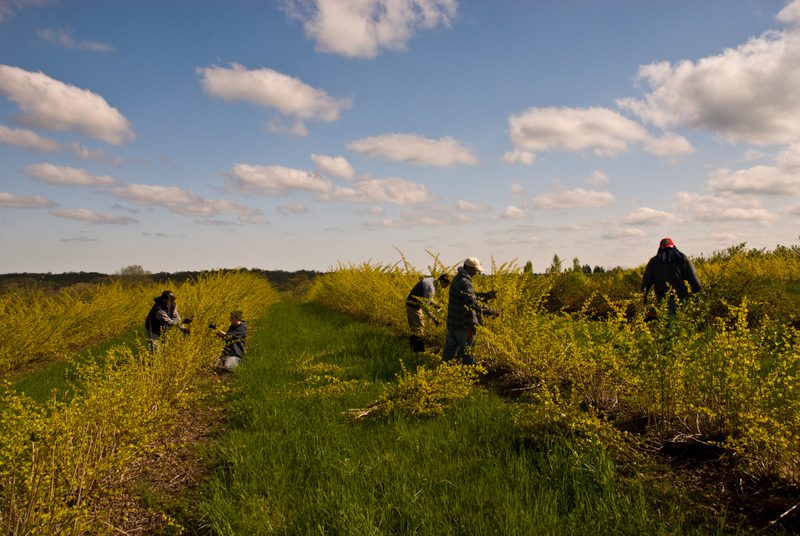
3) Philosophy – Be Open to Expand and Change
Early on, there was a time when John Zehrer was in Minneapolis helping to remodel an old warehouse space into a new retail floral space. As the new owners were bringing buckets of flowers into the cooler, he started to do the calculations and realized quickly that there was a lot more money in a bucket of flowers than a case of broccoli. Direction changed and in 1987 John planted some of his very first plants, some Siberian Iris and various annuals with sunflowers being an early favorite. Additionally, he also had an eye for “roadsidea”, the wildcrafted treasures that he collected from the area including Bittersweet vine, Dock, Hesperis and Phlox among others.
Select farmers’ markets in Chicago were the principal targets for sales and it worked well. – growing his business. In addition to making money, Star Valley was getting noticed by many local designers and wholesalers and the marketing avenues increased into more of a bucket truck/wholesale run to both the Minneapolis and Chicago areas. The business continued to grow to where it is today.
Also, jsut because you are pragmatic doesn’t mean you don’t stretch creatively. Zehrer is always open to new crops. His new passion is “Aronia,” an anti-oxidant super fruit with ten times the health benefits of a blueberry or cranberry. The farm devoted 30 acres to this new crop. So keep with what works and always try new techniques and crops too.
Proving, that John Zehrer and the team at Star Valley Farms’ philosophy mirrors Kenny Rogers’ iconic song -know when to hold them, know when to fold them and like nature, be adaptive and realistic.
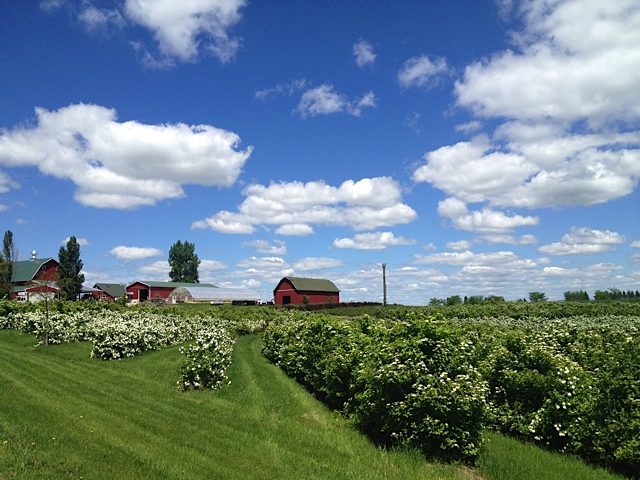
Jill Brooke is a former CNN correspondent, Post columnist and editor-in-chief of Avenue and Travel Savvy magazine. She is an author and the editorial director of FPD, floral editor for Aspire Design and Home magazine and contributor to Florists Review magazine.
